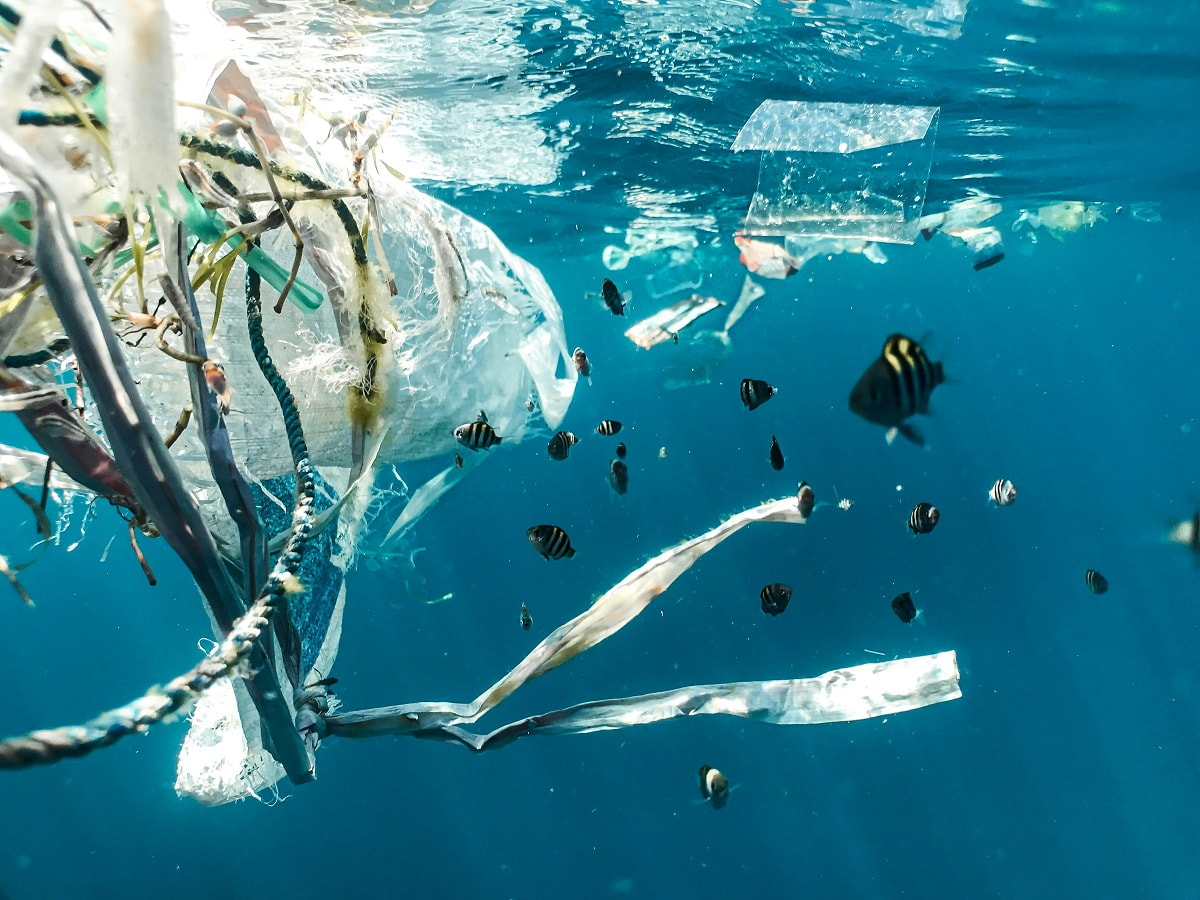Australia and the Association of Southeast Asian Nations share aspirations for the future of the region, evident at the March special summit in Melbourne with agreement on a broad vision for an open, inclusive, and rules-based maritime order in the Indo-Pacific region. But it is also essential to note that there are many differing perspectives, interests, and capabilities within ASEAN itself. These differences can potentially pose challenges to the Australia–ASEAN partnership.
Most obviously, ASEAN members remain divided on the South China Sea disputes. While the Philippines, Malaysia, and Vietnam have rejected China’s maritime claims and voiced concerns over the deteriorating situation, several other members of the bloc remain relatively silent. For its part, Australia has publicly opposed the destabilising actions of China and supported the 2016 arbitral tribunal award.
Australia needs to reinforce its bilateral relationships with countries in the region, listen and gain an understanding of local needs, and provide tailor-made support in the maritime field.
Heterogeneous political systems, different development levels, and cultural contexts ensure that Southeast Asia is a diverse region. This means a one-size-fits-all partnership approach by Australia towards ASEAN is unlikely to be effective. Instead, Australia needs to reinforce its bilateral relationships with countries in the region, listen and gain an understanding of local needs, and provide tailor-made support in the maritime field.
At the 2024 ASEAN–Australia Special Summit, Australian Foreign Minister Penny Wong announced that Australia will allocate a further AU$64 million over the next four years to bolster maritime cooperation with Southeast Asian partners. The new funding has been welcomed by ASEAN. Undoubtedly, this will enhance ASEAN states’ maritime capability and boost Australia’s presence in the region.
But it cannot be the sole focus. Tailored programs are still required.

Australia has funded a variety of maritime initiatives across Southeast Asia. For example, Australia has played a significant role in strengthening the legal capacity of Southeast Asian nations by providing training and education on ocean law and policy through the Australian National Centre for Ocean Resources and Security. There is an opportunity to further collaborate with local institutes of maritime law in Southeast Asia to host more training and educational courses to reinforce an appreciation among ASEAN members of the varying interpretations of international law and different law-enforcement capacities.
Another area where cooperation has progressed is in combating illegal, unreported, and unregulated (IUU) fishing. Despite being a focus over the years, IUU fishing is predicted to rise, a consequence of warming oceans, which push fish to migrate to deeper waters, and unsettled maritime boundary disputes, which drive some countries to subsidise offshore fishing to advance political claims. Australia, with its technical expertise in sustainable fisheries management, can further expand its leadership role and provide valuable assistance to the region. But again, this must be via bilateral approaches to account for individual country needs.
The Australian government has already committed $14.4 million to establish the Combating IUU Fishing and Promoting Sustainable Fisheries in Southeast Asia Program. This program aims to increase regional collaboration and enhance the monitoring, control, and surveillance capabilities of Southeast Asian countries. Looking ahead, Australia can work more closely with these states to improve the traceability of their fishery products, exchange best practices and innovative solutions to address IUU fishing, and co-host awareness-raising campaigns for local fishers on fisheries regulations and the consequences of IUU fishing.
Southeast Asia has been identified as both a contributor and a victim of plastic pollution in the Pacific Ocean, with six of the ten ASEAN member states collectively producing 31 million tons of plastic waste annually.
As Australia and ASEAN move towards the next phase of their partnership, in addition to leveraging existing initiatives, it is important to explore more avenues for cooperation. Among these, maritime search and rescue (SAR) and marine pollution warrant greater emphasis. Due to heavy maritime traffic, several narrow waterways, and frequent exposure to extreme weather events, Southeast Asia is prone to accidents at sea. Nevertheless, it is recognised that the attention given to the issue has not been sufficient. As a comprehensive strategic partner, Australia can cooperate with ASEAN to enhance maritime safety in the region and ensure that distress calls are met with timely and effective responses. Specifically, increased joint training and exercises are necessary to reduce miscommunication and operational errors during SAR activities. Australia can further contribute by providing assistance in the form of equipment, technology, and personnel and helping to develop common operating procedures. Such assistance will enhance the SAR capability of Southeast Asian nations.
On the marine pollution matter, Southeast Asia has been identified as both a contributor and a victim of plastic pollution in the Pacific Ocean, with six of the ten ASEAN member states collectively producing 31 million tons of plastic waste annually. Around 80 per cent of abandoned, lost or otherwise discarded fishing gear (ALDFG) found in the vicinity of Australian waters is from Southeast Asia.
To curb the flow of marine debris, Australia, ASEAN, and other participating countries of the East Asia Summit have organised a number of workshops and events. However, the problem cannot be solved without effective waste collection, treatment, and management systems. Australia can support Southeast Asian states in improving their waste management infrastructure, such as wastewater treatment plants, waste-to-energy plants, and recycling plants, and in adopting advanced technologies. The two partners should consider co-organising track 1.5 dialogues, gathering both government officials and relevant non-governmental experts. These dialogues could foster a common understanding of the issue and pave the way for potential solutions.
This article is part of the ‘Blue Security’ project led by La Trobe Asia, University of Western Australia Defence and Security Institute, Griffith Asia Institute, United States Studies Centre, UNSW Canberra and the Asia-Pacific Development, Diplomacy and Defence Dialogue (AP4D). Views expressed are solely of its author/s and not representative of the Maritime Exchange, the Australian Government, or the collaboration partner country government.

